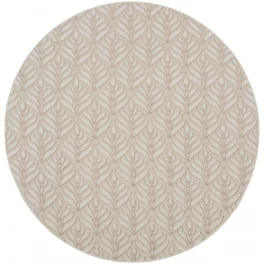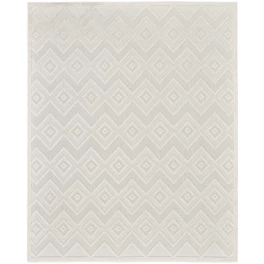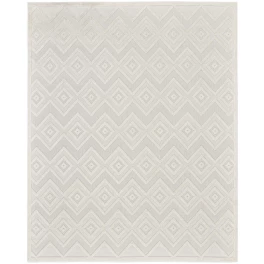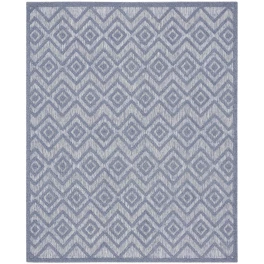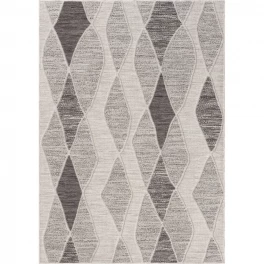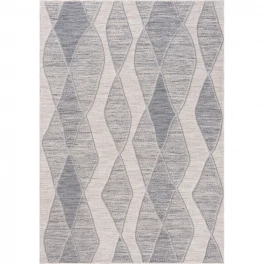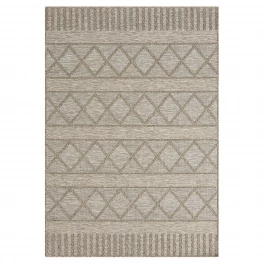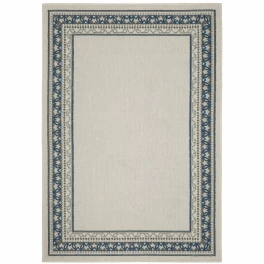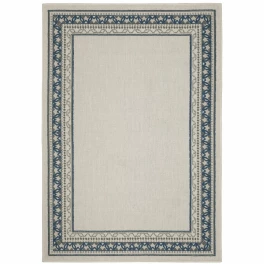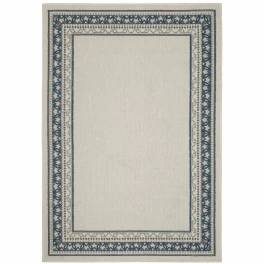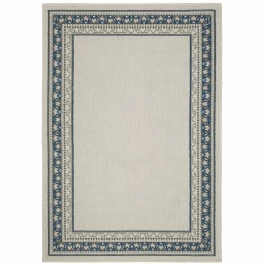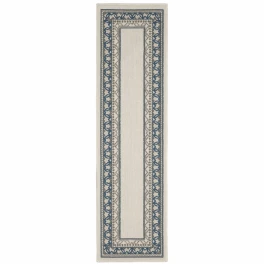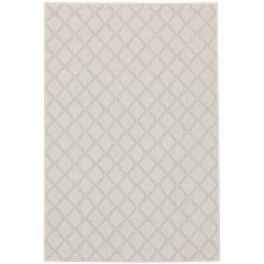Buying an old house can be one of the best investments you can make. Many older homes have charm, uniqueness, and great attention to quality. They were built during a time when major developers were typically more hands-on with their projects. Because of this, there can be a ton of un-tapped potential for many of these aged properties.
There’s no mistaking the allure and curb appeal that these homes offer. Their coyly simple statements are easy to fall in love with at first sight. However, before plunging into a 30-year mortgage, there are some important factors to be aware of when pursuing a structure built a few decades ago.
1. Roofs Don’t Age Like Fine Wine
The major protector of a home is its roof, and roofs get worn out after about 15 years or so. Because roofs are mostly made of wood, they begin to deteriorate after some time. If you let them get too far gone, a degraded roof can cause a host of issues inside your home. Some telltale signs of an aging old roof can be spotted from the outside, but make sure you or your real estate agent get all the history on your prospective home’s dome before you sign the contract. When you start to seriously consider buying an old home, it’s best to assume you’ll have to replace its roof – maybe not right away, but fairly soon.
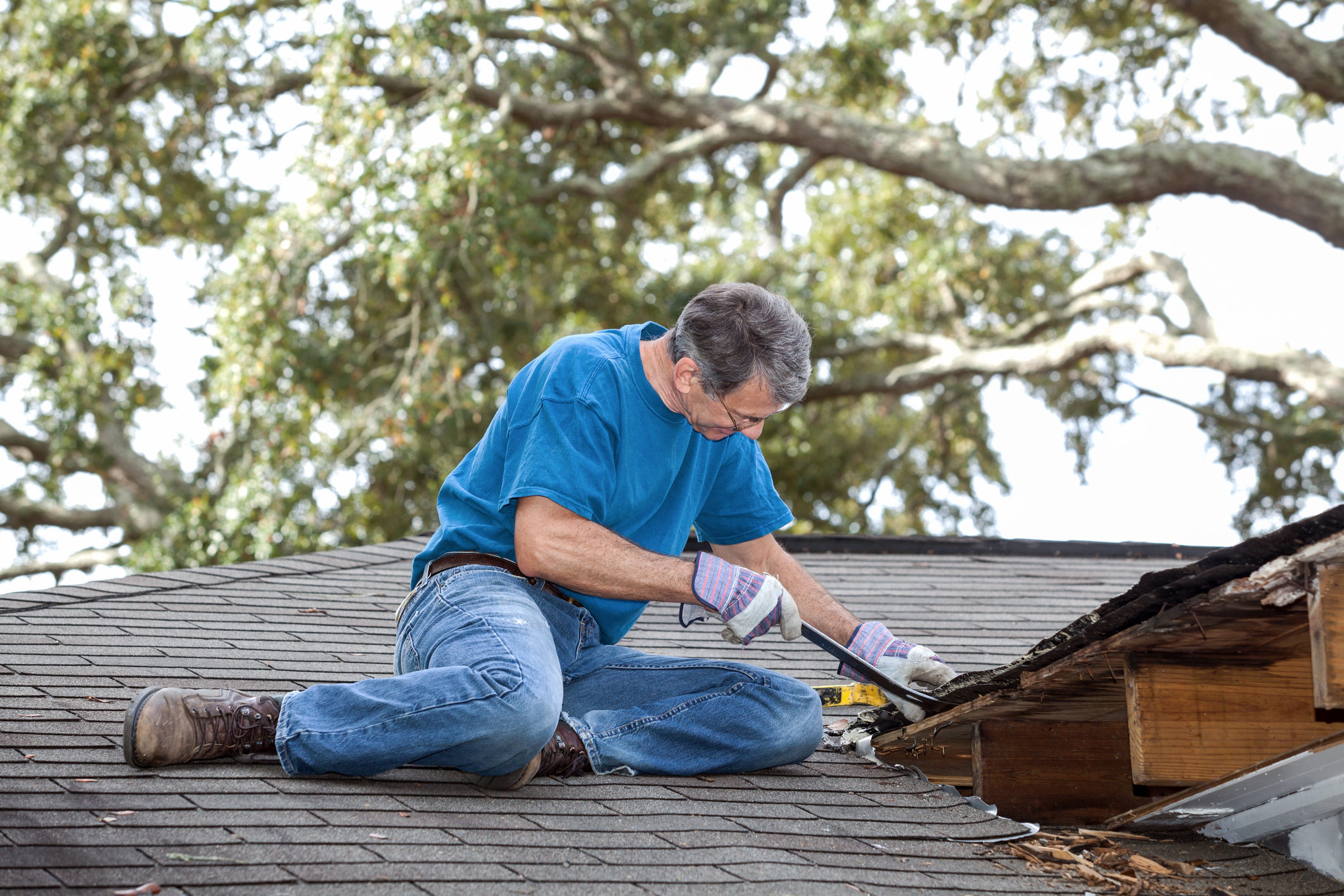
Photo by forestpath on Shutterstock
2. Old Window Pains
Windows from more than a decade ago are probably single pane and won’t be up to code if your gem is located in a storm-prone area. Old windows are also just about less-than-useless at holding in heat or cool air, so opting to keep old windows instead of replacing them may wind up costing you more money in the long run on energy bills. Old windows are easy to identify when you do your first real inspection of an old home you’re interested in buying. Replacing these old panes should be at the top of your “To Do Immediately” list.
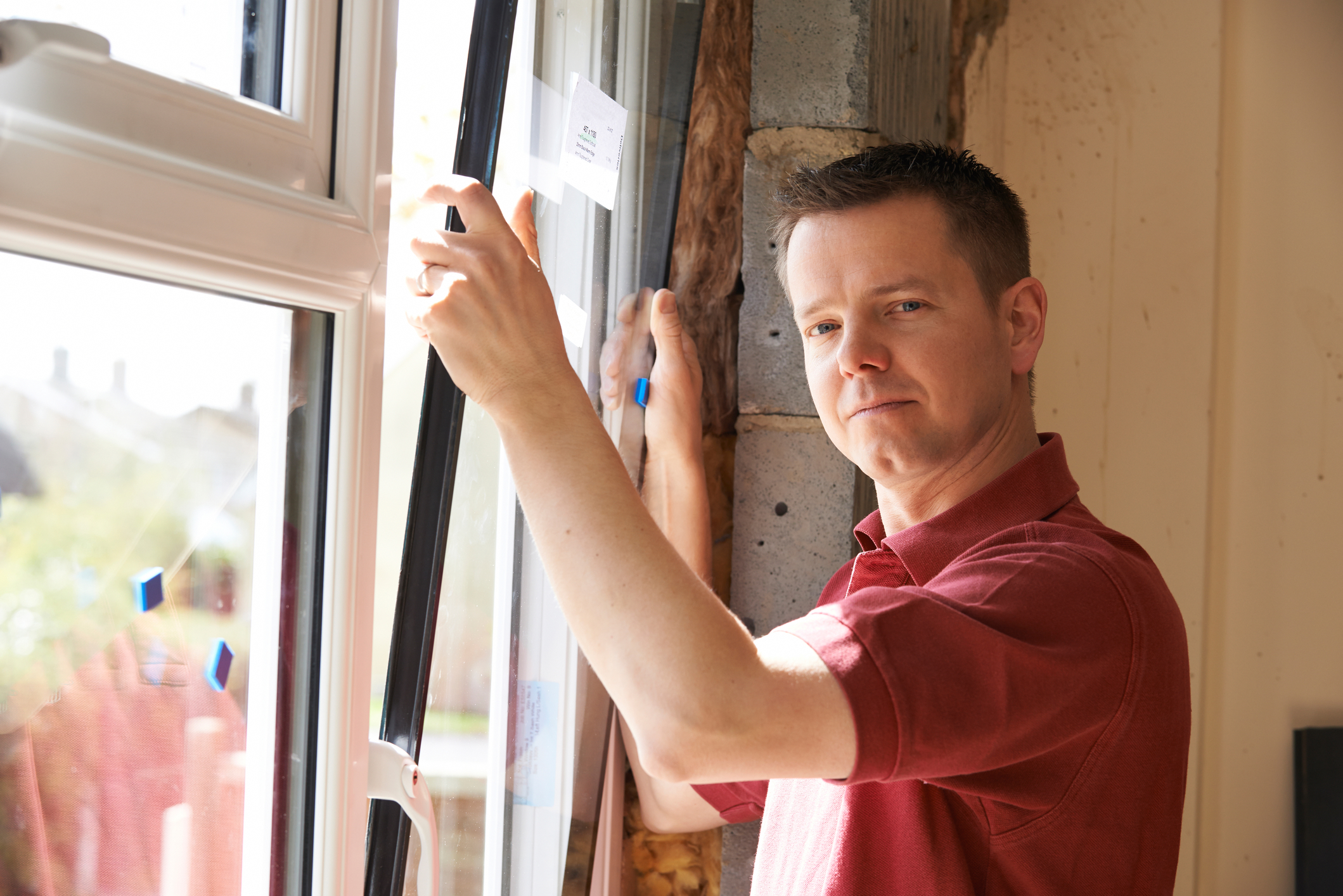
Photo by highwaystarz on Adobe Stock
3. Closets Before There Were Clothes Mongers
If you’ve been considering scaling back your wardrobe lately, the limited closet space in older homes could be the final push you need to whittle down your entire ensemble to 30 pieces or so. Why? Because that’s just about the limit of how much you can store with the limited closet space typical of older homes. Large, expansive wardrobes were not part of the thought process behind the design of closets years ago, so if you still want ample closet space, you’ll need to sacrifice some square footage in the bedroom or elsewhere to build a bigger closet.
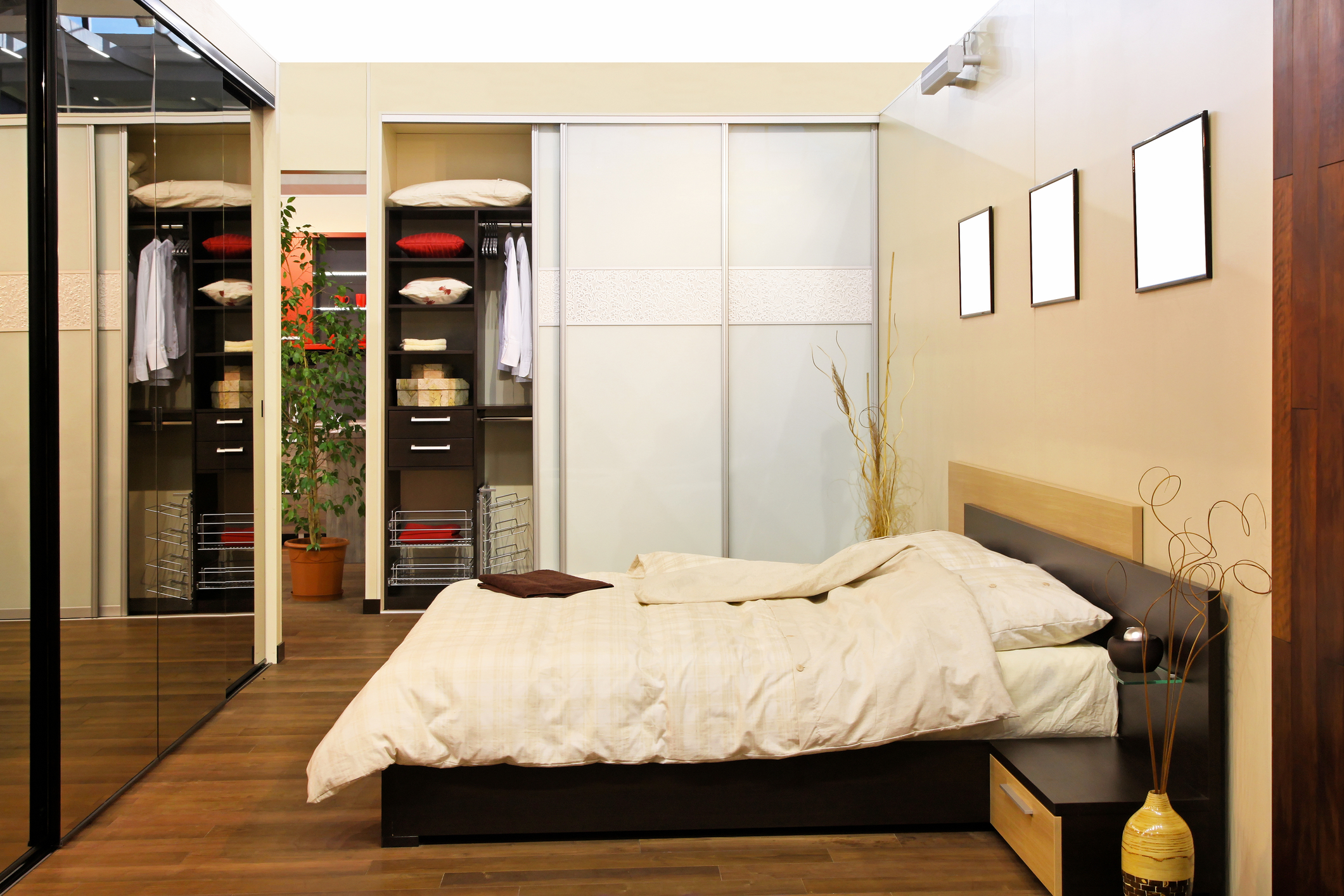
Photo by Baloncici on Depositphotos
4. Will Modern Furniture Fit?
Doorways and hallways were also built smaller in “the good old days.” That’s another thing to keep in mind if you intend to move into your old house with your giant home theater sectional couch in tow. Make sure the doors and hallways of your new-old home have adequate clearance for big furniture unless you’re willing to downsize your furniture plans or add yet another substantial project to your “To Do” list and expand your doorways. That’s a big can of worms you may not want to open.

Photo by Monkey Business on Adobe Stock
5. Appliances Are All Grown Up Now
Yep, appliances were smaller back then too, and your antique kitchen with a brick fireplace was never meant to hold a behemoth double-wide stainless steel smart refrigerator. And even if you manage to get it through the door, your big new fridge most likely won’t fit in a space that was originally intended for an “ice box.” Measure, measure, measure, and then measure again all over an old home you’re thinking of buying to make sure you can still make it work with modern appliances. Unless you’ve got money to spare, you probably don’t want to find out the hard way that you'll have to replace all your appliances with tinier versions.
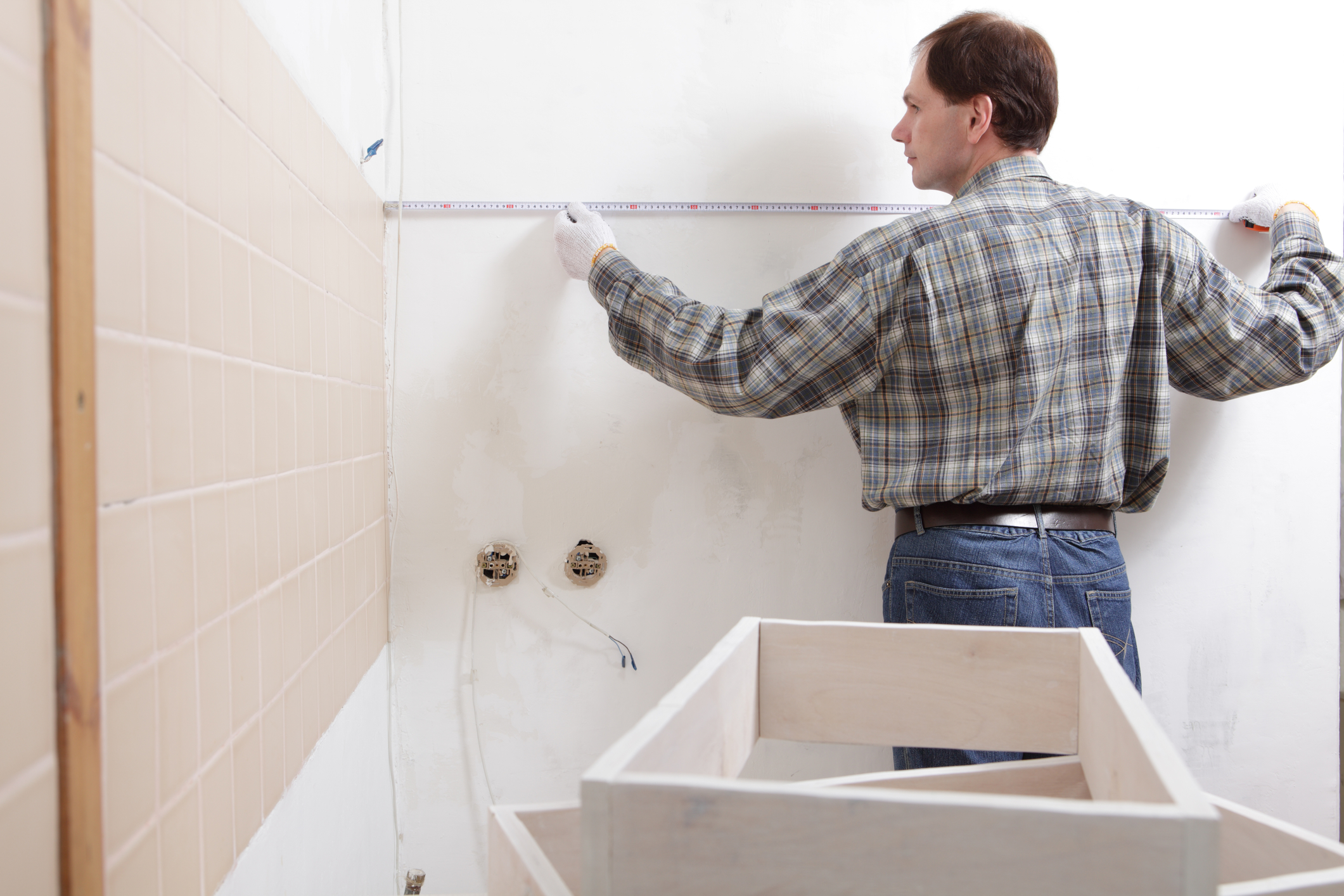
Photo by StockphotoVideo on Adobe Stock
6. When Air Conditioning Was a Breeze
If you’ve ever noticed older homes with terraces and wrap-around porches, you are witness to “old-school air conditioning.” Before swamp coolers and heat pumps, people used cross breezes and shade to cool their homes. When HVAC was added to older homes, ductwork and the like had to be squeezed in wherever it fit. It’s important to know what system your new-old home has squirreled away in the attic, and if it needs to be updated. There are plenty of options for older places like ductless systems which obviously work better than just hoping for a stiff breeze on a sweltering August day.
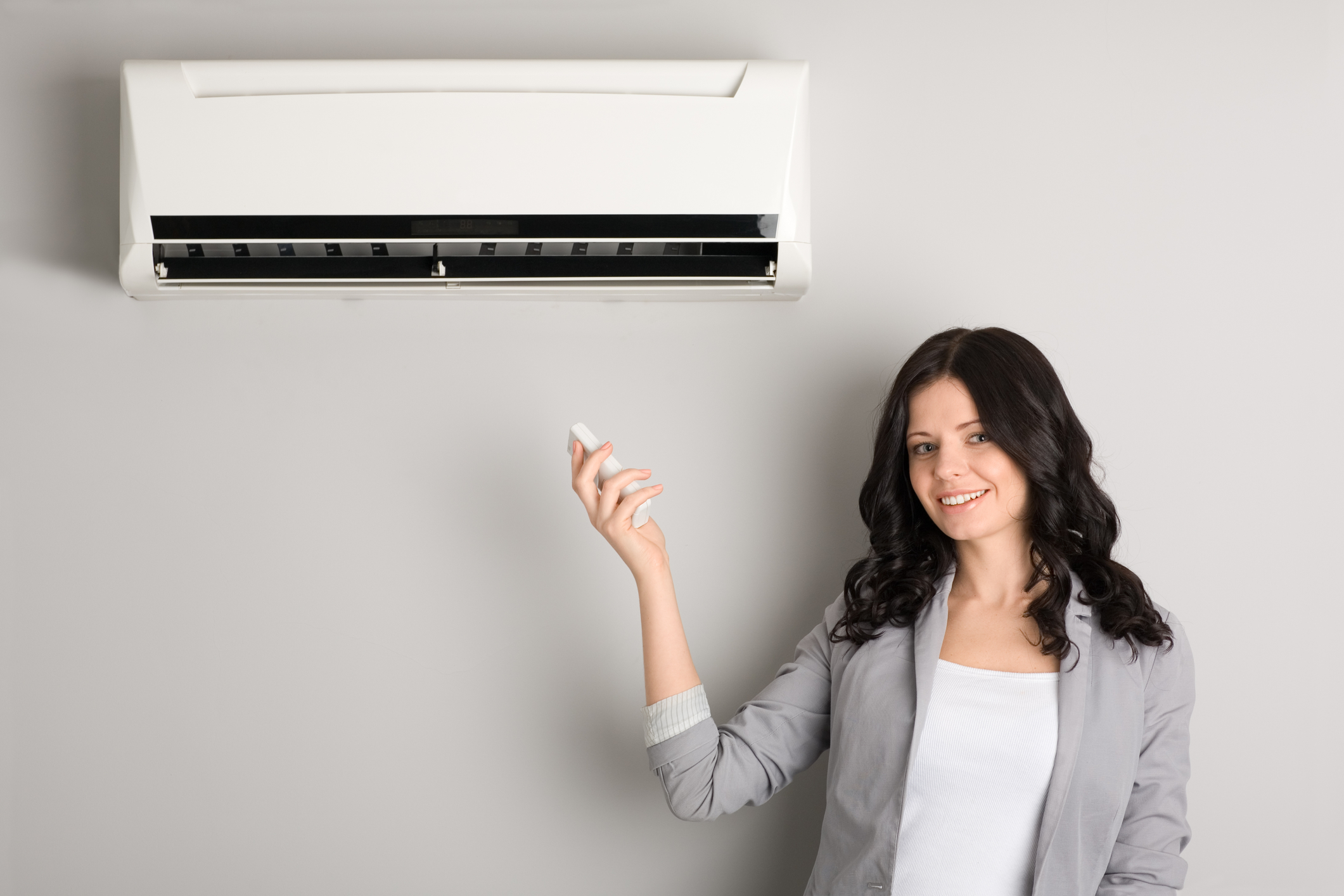
Photo by DoublePHOTO Studio on Shutterstock
If you go over these important updates with your real estate agent or inspector before buying an old home, you’ll not only save yourself a lot of time, worry, and expense, but you’ll also learn more about the history of your home. If the seller or former owner has already covered at least a few of these items, congratulations. At least some of the rough has been polished off the diamond for you.




